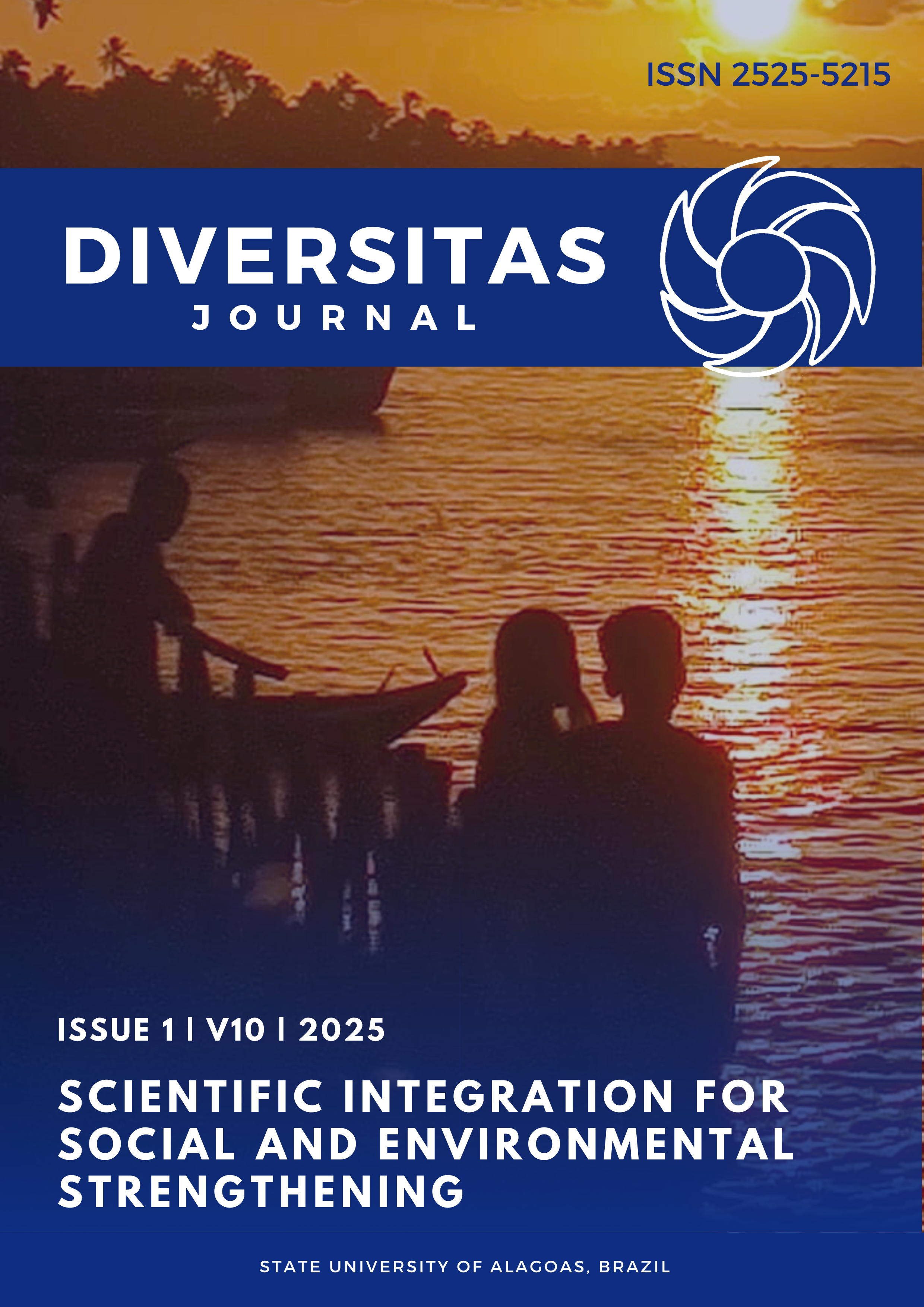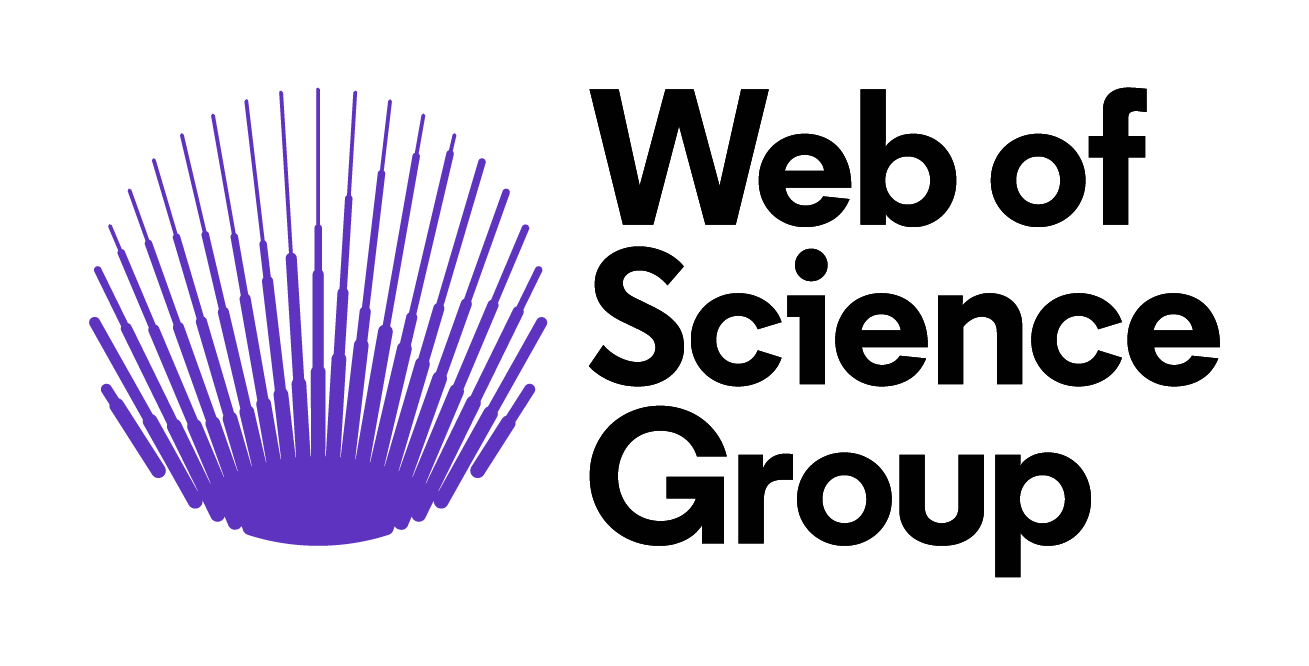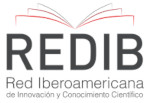Students vs. Teachers: Cultural Diversity Awareness in Online Learning
DOI:
https://doi.org/10.48017/dj.v10i1.3079Palabras clave:
Inclusive education, inclusive online learning, inclusive teaching, inclusive graduate programs, global educationResumen
En un mundo cada vez más interconectado, no se puede sobreestimar la importancia de la concienciación de la diversidad cultural en los contextos educativos. Los entornos de aprendizaje en línea, que trascienden las fronteras geográficas, reúnen a estudiantes y educadores de diversos orígenes culturales. Este estudio trata de comparar los niveles de conciencia de la diversidad cultural entre los estudiantes y los maestros, examinando cómo estos niveles influyen en las prácticas y las interacciones educativas. Utilizando un enfoque cuantitativo, el estudio encuestó a una muestra representativa de estudiantes y maestros, encontrando que los estudiantes muestran un alto nivel de conciencia de la diversidad cultural con una media ponderada general de 3,87, mientras que los maestros muestren un nivel aún mayor con un promedio ponderado general de 4,20. Un t-test independiente reveló una diferencia significativa entre los dos grupos (t=-4.32, p<.05), lo que indica que los maestros poseen una conciencia significativamente mayor de la diversidad cultural. Se examinaron los factores que influyen en estos niveles, destacando la importancia de la exposición a las diversas culturas, la capacitación en competencias culturales y el apoyo institucional. Los hallazgos sugieren que una mayor conciencia de la diversidad cultural entre los profesores probablemente mejore las prácticas de enseñanza inclusiva, lo que repercute positivamente en la participación de los estudiantes y los resultados de aprendizaje en entornos en línea. Estas perspectivas ponen de relieve la necesidad de fomentar la concienciación sobre la diversidad cultural para crear entornos educativos en línea más equitativos y eficaces.
Métricas
Citas
Al-Obaydi, L. H. (2019). Cultural Diversity, Awareness and Teaching: A Study in an EFL con-text. The Journal of Asia TEFL, 16(3), 987–995. https://doi.org/10.18823/asiatefl.2019.16.3.15.987
Byrd, C. M. (2016). Does culturally relevant teaching work? An examination from student perspectives. SAGE Open, 6(3), 215824401666074. https://doi.org/10.1177/2158244016660744
Civitillo, S., Juang, L. P., & Schachner, M. K. (2018). Challenging beliefs about cultural diver-sity in education: A synthesis and critical review of trainings with pre-service teach-ers. Educational Research Review, 24, 67–83. https://doi.org/10.1016/j.edurev.2018.01.003
Ersoy, N. (2018). Towards a transcultural approach in online learning. IGI Global [PDF].
Evanick, J., EdD. (2023, April 28). The importance of feedback in personalized learning. eLearning Industry. https://elearningindustry.com/the-importance-of-feedback-in-personalized-learning
Gay, G. (2013). Teaching to and through cultural diversity. Curriculum Inquiry, 43(1), 48–70. https://doi.org/10.1111/curi.12002
Gay, G. (2018). Culturally Responsive teaching: Theory, Research, and Practice. Teachers College Press.
Hachfeld, A., Hahn, A., Schroeder, S., Anders, Y., & Kunter, M. (2015). Should teachers be colorblind? How multicultural and egalitarian beliefs differentially relate to aspects of teachers’ professional competence for teaching in diverse classrooms. Teaching and Teacher Education, 48, 44–55. https://doi.org/10.1016/j.tate.2015.02.001
Kumi‐Yeboah, A. (2019). Designing Cross-Cultural Collaborative online learning framework for online instructors. Online Learning, 22(4). https://doi.org/10.24059/olj.v22i4.1520
Kumi‐Yeboah, A., Dogbey, J., Yuan, G., & Amponsah, S. (2019). Cultural diversity in online learning. In Advances in educational technologies and instructional design book se-ries (pp. 230–251). https://doi.org/10.4018/978-1-5225-7802-4.ch012
McCrindle, M. (2014). The ABC of XYZ: Understanding the Global Generations.
Milheim, K. (2017). A fundamental look at cultural diversity and the online classroom. ELearn Magazine, 2017(2), 20170201. https://doi.org/10.1145/201702.3041614
Northouse, P. G. (2021). Introduction to leadership: concepts and practice. Thousand Oaks, California, SAGE Publications, Inc.
Parker, K., Graf, N., Igielnik, R. (2019). Generation Z Looks a Lot Like Millennials on Key So-cial and Political Issues. Pew Research Center. https://www.pewresearch.org/social-trends/2019/01/17/generation-z-looks-a-lot-like-millennials-on-key-social-and-political-issues/
Precones, M. C. D., Orlando Jr, A., Iglesia, J. I., Moreno, J. M. D., Royo, M. C. R., Saba, P. P. I., & Gumiran, I. C. (2023). The utilization of RTU flexible learning system (e-RTU) in relation to the academic performance.
Rissanen, I., Laine, S., Puusepp, I., Kuusisto, E., & Tirri, K. (2021). Implementing and Evalu-ating Growth Mindset Pedagogy – A study of Finnish Elementary school teachers. Frontiers in Education, 6. https://doi.org/10.3389/feduc.2021.753698
Special Populations and CTE Illinois Leadership Project. (2016). Cultural diversity self-assessment. Retrieved on August 2022 from https://edge.sagepub.com/sites/default/files/9.3_cultural_diversity_awareness_questionnaire.pdf
Warren, C. A. (2017). Empathy, teacher dispositions, and preparation for culturally responsive pedagogy. Journal of Teacher Education, 69(2), 169–183. https://doi.org/10.1177/0022487117712487
Descargas
Publicado
Cómo citar
Número
Sección
Licencia
Derechos de autor 2025 Melvin Ambida

Esta obra está bajo una licencia internacional Creative Commons Atribución 4.0.
O periodico Diversitas Journal expressa que os artigos são de unica responsabilidade dos Autores, conhecedores da legislação Brasileira e internacional. Os artigos são revisados pelos pares e devem ter o cuidado de avisar da possível incidencia de plagiarismo. Contudo o plagio é uma ação incontestavel dos autores. A Diversitas Journal não publicará artigos com indicios de Plagiarismos. Artigos com plagios serão tratados em conformidade com os procedimentos de plagiarismo COPE.
A violação dos direitos autorais constitui crime, previsto no artigo 184, do Código Penal Brasileiro:
“Art. 184 Violar direitos de autor e os que lhe são conexos: Pena – detenção, de 3 (três) meses a 1 (um) ano, ou multa. § 1o Se a violação consistir em reprodução total ou parcial, com intuito de lucro direto ou indireto, por qualquer meio ou processo, de obra intelectual, interpretação, execução ou fonograma, sem autorização expressa do autor, do artista intérprete ou executante, do produtor, conforme o caso, ou de quem os represente: Pena – reclusão, de 2 (dois) a 4 (quatro) anos, e multa.”


















